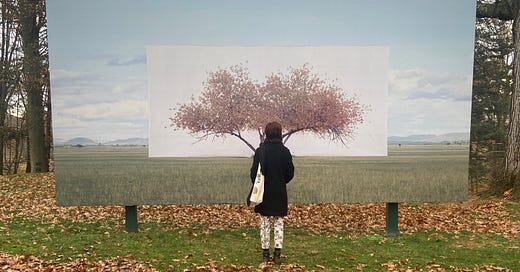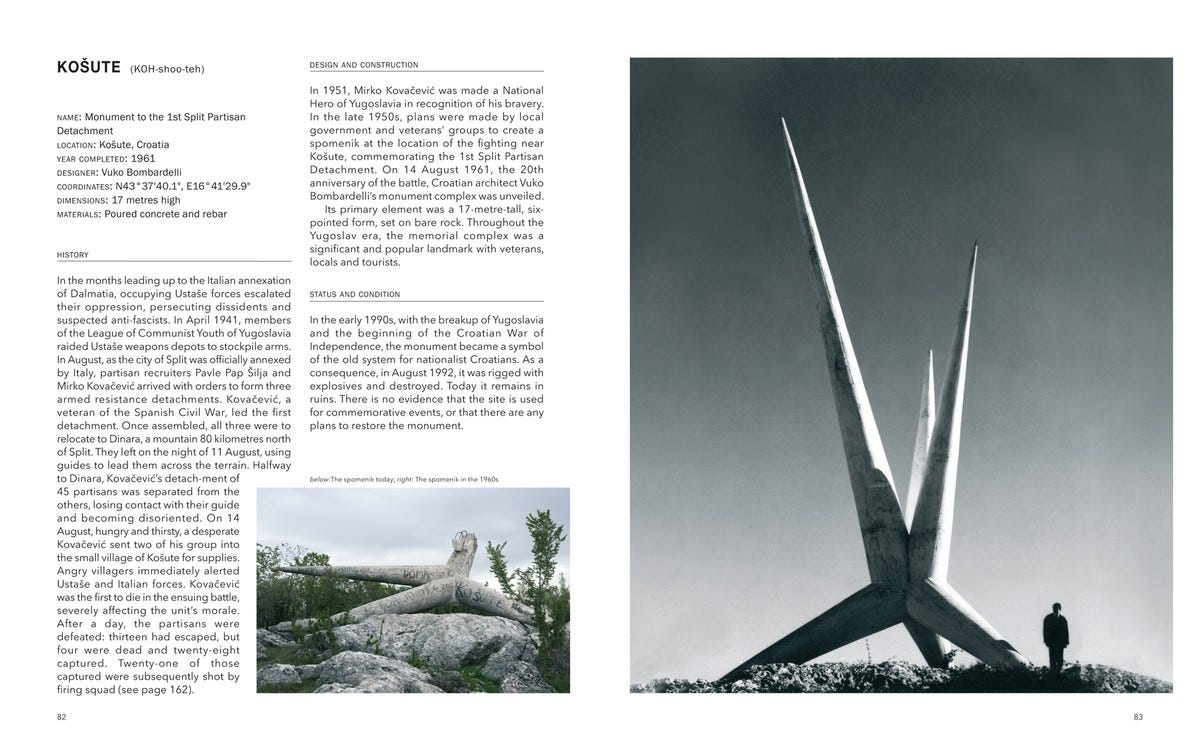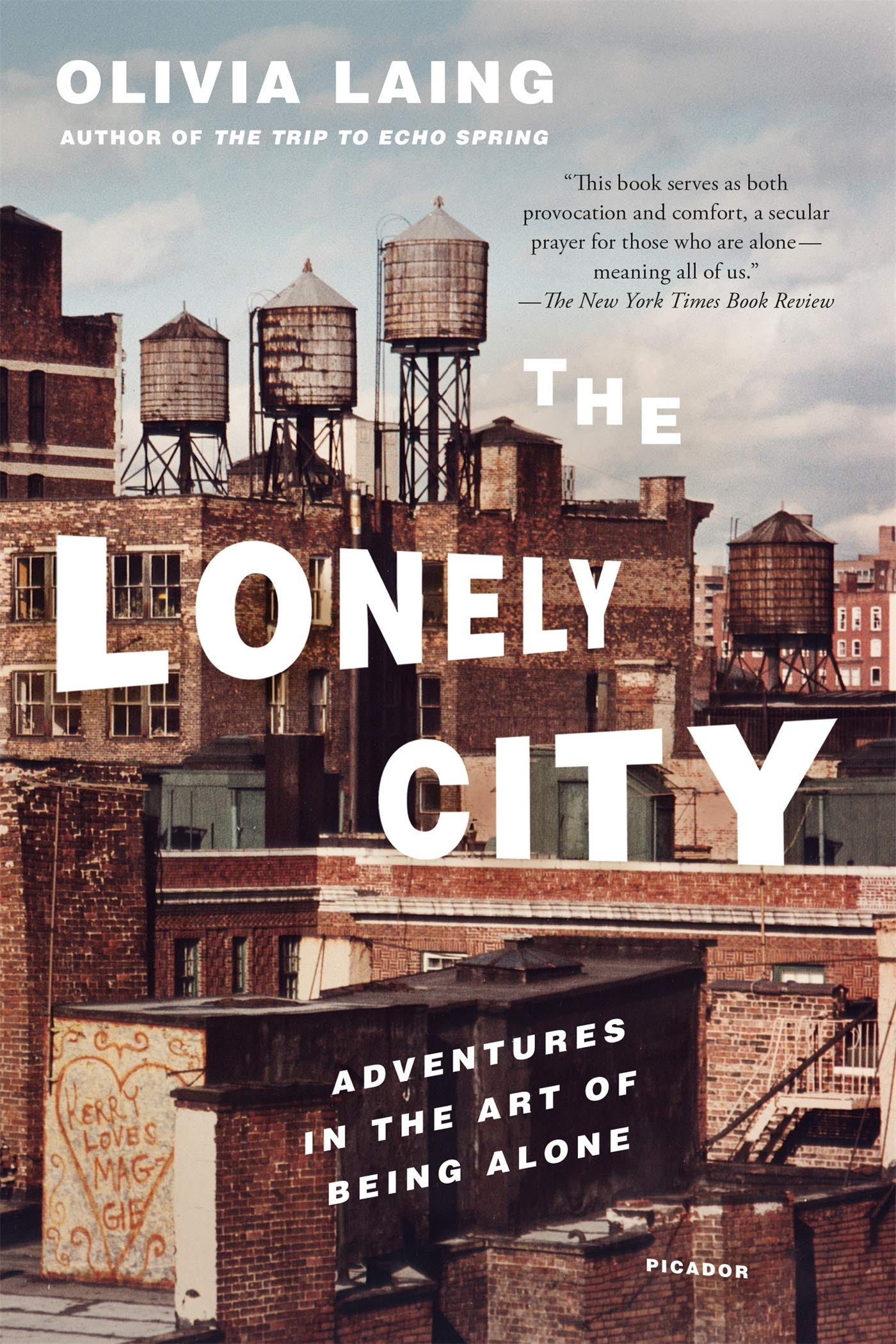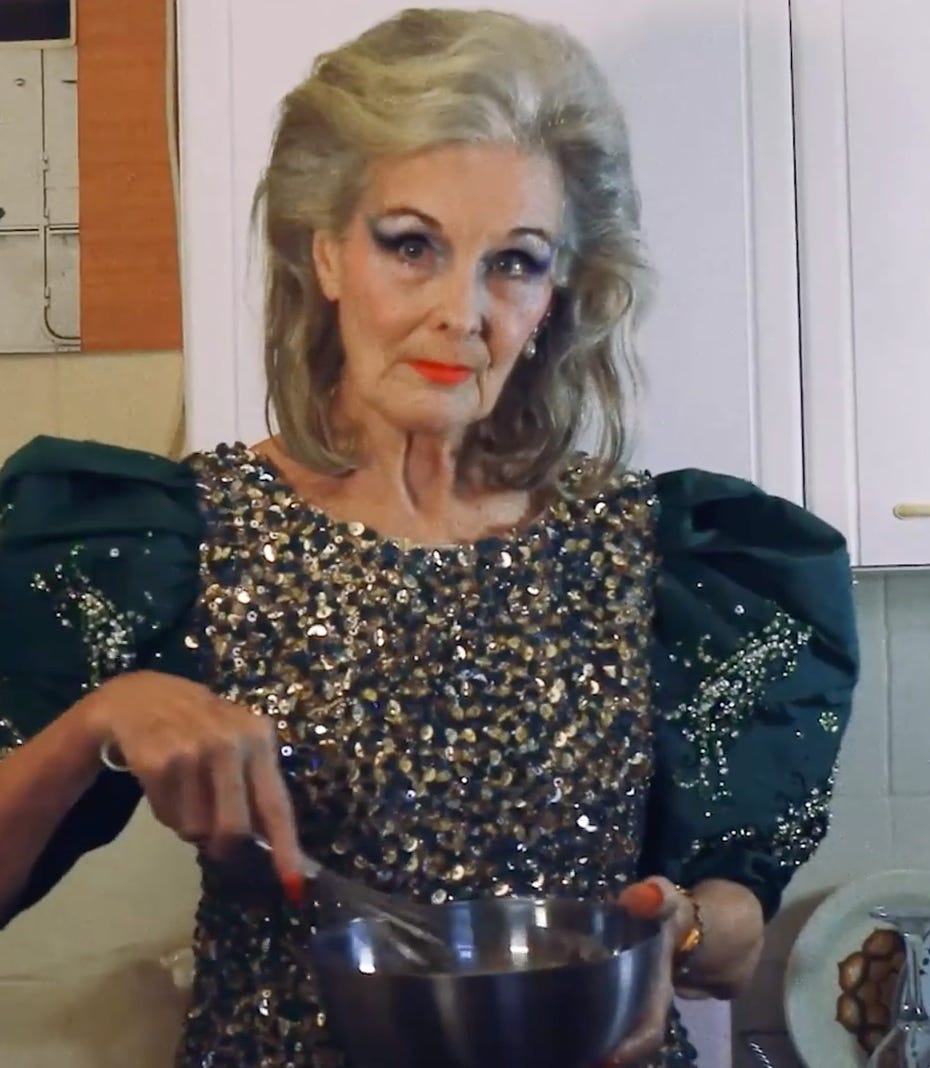Hello friends,
How are we supposed to keep making sense of our loneliness these days? It’s a state of living beyond logic at this point. Yet here we are, trying to make archipelagos out of the islands of our lives.
There’s this line from Claudia Rankine’s Don’t Let Me Be Lonely that’s been on my mind lately: “All life is a form of waiting, but it is the waiting of loneliness. One waits to recognize the other, to see the other as one sees the self.” Attempts to un-lonely ourselves can be exhausting, utterly Sisyphean. We’re all sitting in the “waiting of loneliness” right now, blinking back at our reflection on screens, hungry for the next conversation or interaction that, at least for a moment, binds you to someone else.
We are more connected and disconnected than ever, so let’s embrace solitude in all of its frustrations and inspirations. Who knows? Maybe you’ll come out the other side feeling better about the company of yourself.
TOUCH
A few months ago, I saw Myoung Ho Lee’s Tree #2 at deCordova Sculpture Park. This photograph, installed like a billboard, is one of Lee’s many documentations of trees across South Korea. Lee’s process consists of traveling through the countryside until he finds his arboreal subject. Then, with a crew, he installs a white canvas behind each tree, separating them from the landscape, editing out all of the construction equipment for the final image. Lee’s work is a fascinating study of beauty through the camera’s isolating eye. These trees, in all of their natural glory, become like sculptures.
I recently finished flipping through Donald Niebyl’s Spomenik Monument Database. Spomeniks (‘monument’ in Serbo-Croatian/Slovenian) are abstract memorial sites that were built shortly after World War II up until the dismantling of Yugoslavia in the early 1990s. Meant to be symbols of national unity and remembrance for fallen antifascist fighters, many of them are no longer protected heritage sites and have since been bombed, vandalized, or simply left to decay out in the countryside. Niebyl spent years mapping out a database of these monuments. He travelled across the region to photograph what’s left of the spomeniks as well as log their design history, current condition, and community plans for preserving (or demolishing) these sites. Many of these monumental concrete forms stand alone, unvisited, in the wilderness now, slowly consumed by overgrown foliage and relentless erosion.
Olivia Laing’s The Lonely City came into my life at a moment of great solitude. It was back in the summer of 2018 when I had one part-time job but was waiting to start another. This meant I had days to fill while everyone else went about their work-week. With this book in my bag, I started going to museums and gallery shows alone, attending midday movie screenings in empty theaters, and wandering around New York with no particular destination in mind. Laing’s book is one of my favorite musings on loneliness and all of its creative complexities. Tracing the lives of David Wojnarowicz, Edward Hopper, Henry Darger, and Andy Warhol, each reclusive figures in their own right, Liang takes you on a walk through loneliness’s peculiar state of being, exploring alienation and artistic production within the chaotic symphony of urban life. She writes, “You can be lonely anywhere, but there is a particular flavor to the loneliness that comes from living in a city, surrounded by millions of people.”
LOOK
Todd Hido’s series Homes at Night perfectly captures that eerie sensation of walking alone during the quietest hours of the evening. His subjects are buildings and alleyways devoid of human activity, oftentimes immersed in the phantom glow of fog. A solitary light might shine through a window or a streetlamp illuminate a path with no human or animal in sight, puncturing the sky’s blanket of darkness, yet the stillness remains. These are images of suburban haunting, yet there are no ghosts around.
Roy DeCarava’s 1949 photograph, Graduation, is such a poignant depiction of solitude on the streets of Harlem. His single female subject, appearing like a princess, crosses by an empty lot in sharp contrast with her elegance. There’s something quite tragic about the promises of social mobility in the Chevrolet advertisement behind her, paired with the broken rickshaw at the front of the composition. Yet, her confident stride and her illuminated gown suggests resilience in the face of both socioeconomic hardship and a society that has history of stripping Black communities of their dignity. Walking the streets accompanied only by his camera, DeCavara brings forth the innovative aesthetic ideals of the Harlem Renaissance.
I came across Dexter Dalwood’s 2011 painting, Skunk Hour, a long time ago, possibly on Tumblr or Pinterest. I don’t remember now, but this particular work has fascinated me ever since. Dalwood’s atmospheric work pieces together fragments of cultural history together through vacant interiors. The view from the driver’s seat becomes obscured through fuzzy static. The sliver of flag in the rearview mirror, coupled with the lone pair of cars at a distance, evoke a sense of American alienation, a solitude with elusive political implications. I can’t help but think of a stanza from Robert Lowell’s poem of the same name: “A car radio bleats, / ‘Love, O careless Love....’ I hear / my ill-spirit sob in each blood cell, / as if my hand were at its throat.... / I myself am hell; nobody’s here—.”
LISTEN
Mitski’s “Nobody” is one of those songs that, at first listen, seem so bright and cheery only to unspool into something sadder, darker the more you pay attention to the lyrics. Opening with “My God, I'm so lonely / so I open the window / to hear sounds of people,” she wrote this song while staying in a hotel alone in Malaysia. What was supposed to be a nostalgic reconnection with a country she experienced in childhood quickly became an experience of heartbreaking estrangement from her friends and family back in the U.S. As Mitski found herself in a city where she knew absolutely no one, reflections on a life lived in loneliness began to spill out.
I’m embarrassed to admit I found this song through TikTok, but Miracle Musical’s “Dream Sweet In Sea Major” evokes such an unshakeable feeling of deep loneliness, like a lighthouse’s beam casting out across empty abyss of the sea. Its haunting melody feels like it should be from some bygone era, situating us alongside the song’s unnamed narrator “alone at the edge of a universe humming a tune.” Even now, as I try to find the words to describe a lingering sadness I feel with each listen, this heavy swell in my chest won’t go away.
LICK
I recently began watching Fargo, an anthology series based on the Cohen Brothers’ 1996 movie. Although very different from its source material, with a new cast and plot for each season, Fargo, like the original film, is a darkly funny exploration of isolation’s capacity for madness. Set across the frigid, remote landscape of Minnesota, Fargo has hitman with a penchant for long-winded allegories, UFO sightings, bodies buried out in the middle of nowhere, and the inescapable feeling of danger lurking in the snow.
If you marveled at the alienating landscapes of Portrait of a Lady on Fire, then the 2017 film God’s Own Country should be next on your list of contemporary queer films. It’s a gorgeous film set in the harsh grayness of the English countryside. What should be a place of oppressive loneliness becomes the site of budding romance between a reckless farmer and the Romanian migrant worker who comes to help his family. Through slow-burning, quiet intimacy, this is a story of love that cracks open the facade of tough masculinity to find vulnerable revelations underneath.
Charli XCX’s music video for "5 In The Morning” still holds up as one of my favorite visuals from her. It’s a simple concept with great execution: Charli dancing alone throughout a warehouse, swapping one beautiful rave-y outfit for another under a kaleidoscope of neon lights. There’s something so empowering about her solitary presence. She’s never swallowed up by her abandoned settings; she remains completely in control, lavishing in the dance party she’s created for herself.
Immigration is an isolating experience. No matter how old you are the act of moving to a different country, acclimating to a new culture, learning a new language, can feel extremely lonely. Having to navigate confusing, precarious bureaucratic processes and anti-immigrant hostility certainly doesn’t help. I was particularly moved by this 2018 profile of photographer KangHee Kim. Kim, who came to the US as a teenager, cannot leave the country as a DACA recipient. Her feelings about this situation have manifested into a series of photographs titled Street Errands. Kim edits together photographs of mundane moments of life (like a commuter walking down the street, slices of sunsets, a pristine cluster of clouds, or the view down a hallway) to create surreal scenes blurring the lines between reality and escapist fantasy. Reflecting on this alienation from her birthplace, she says “It’s really weird: I have memories [of Korea], but if I see photos, it’s totally different.”
I love the visceral images from Manuel Mollá and Celia Arias’s experimental film, Elizabeth. Isolation has impacted senior citizens the most, but this piece is a bold break from the mundane routines of daily life, shattering our expectations of how elderly women should behave during this time. The film’s star, model Elizabeth Gibson, exercises, cooks, feasts, and strolls around her modest home in head-to-toe couture, accompanied by a soundtrack of highly-improper noise music. Whatever anxiety or sadness might permeate the space evaporates through this display of decadence. I’m sure you’ve done the same, getting all dressed up only to parade through the rooms of your home like it’s a runway.
CLICK
After spending 22 years in solitary confinement, Frank De Palma shared his horrendous experience with Christie Thompson for The Marshall Project. A common practice in prisons across the country, this forced physical isolation of inmates is now considered to be a form of torture, leading to long-term mental health issues including anxiety, self-harm, depression, and, in De Palma’s case, severe agoraphobia. This is an article everyone should read, as narratives about incarceration are oftentimes skewed in favor of the criminal justice system. De Palma’s story is one of pointless brutality, having been forgotten by the prison guards until he was rushed through a half-baked attempt at mental health rehabilitation shortly before his impending release. De Palma recalls, “They had to try to get me to be around people again and not hurt anybody, to be a regular person. I was basically their test case, a guy who they’d thrown away but were now picking up out of the garbage can.”
Yannis Ritsos’s 1964 poem, “Estrangement,” wrestles with the loneliness that stems from political exile. He describes the surreal attempts to fashion a wreath from wild flowers, only to be eaten by a clueless sheep. There’s a futility to this act, verging on absurdity, a cyclical attempt to build one’s life only to be destroyed. Ritsos was exiled from Greece several times and his books banned for their leftist politics. Despite these attempts by the government to silence him through separation, Ritsos continued to write and resist, and is now considered a heroic figure in modern Greek poetry. One reviewer described his work: “Ritsos . . . is also a great bard of loneliness, but of loneliness ennobled and overcome. Poem after poem, image upon image, suffuses aloneness with a gallows humor that begins to mitigate its ravages and makes the person in the poem a Pyrrhic winner."
I was lucky enough to attend a writing group visited by poet and science writer Kate Greene. Since then, I’ve been thinking about her Harper’s Bazaar essay, “What Simulating Life on Mars Taught Me About Living in Quarantine.” Back in 2013, Greene spent several months with a crew in total isolation as part of a study for future missions to the planet. There are undeniable parallels of her experience to today’s current lockdowns, the desire for reconnection and the inescapable loneliness and boredom. Greene contemplates how the pandemic has shaped the way we relate to each other and to our surroundings, a revelatory bright spot in a time of ceaseless bad news. She writes about the view from her apartment, “As the solstice approaches, sunsets come earlier, and I’ve decided to make an effort to watch more of them.” Even in hardest moments of solitude, we keep surprising ourselves with resilience.
Thanks for taking the time to read! Feel free to share this little project of mine with your friends, lovers, and enemies. If you like what I do, you can help feed my leopard gecko through Ko-Fi or check out my website. You can find a list of books by the people I mentioned on Bookshop (I get a small commission through this and any Bookshop affiliate links in this letter).
Until next time,
Ellie














